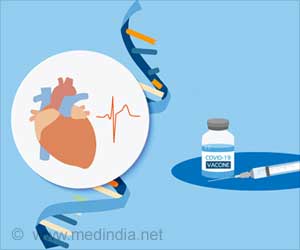Heart failure patients may slightly reduce their likelihood of death or hospitalisation by exercising regularly, without any safety risk.
Is there something that heart failure patients can do to lower the likelihood of death or hospitalisation without and add-on risks? The answer is, exercise.
This suggestion is based on a study supported by the National Heart, Lung, and Blood Institute (NHLBI), which was conducted at 82 centres in the U.S., Canada, and France.It has shown that heart failure patients who add regular, moderate physical activity to standard medical therapy generally have a higher quality of life compared to patients who receive medical therapy only.
"Many patients and health care providers have continued to be concerned about the safety of aerobic exercise for heart failure," said NHLBI Director Dr. Elizabeth G. Nabel.
"With the results of this robust clinical trial, we can now reassure heart failure patients that, with appropriate medical supervision, regular aerobic exercise is not only safe but it can also improve their lives in really meaningful ways," Elizabeth added.
During the study, the researchers followed 2,331 patients with moderate-to-severe systolic heart failure (average age 59) for up to four years (average of 2.5 years).
About one-half of the participants were randomly assigned to receive usual care alone, which included medical and device therapy as prescribed by their physicians and educational materials on disease management.
The other half of the subjects were in the exercise training group, and they received usual care plus 36 sessions of group-based, supervised aerobic exercise training (walking or stationary cycling) of up to 35 minutes three times per week.
The researchers observed that exercise training was linked to an 11 percent lower risk of death or hospitalisation from any cause, and a 15 percent lower risk from cardiovascular-related events, as compared to the usual care.
The researchers said that exercise training was found to be well tolerated and safe because there was no significant difference in serious adverse events between the two groups, such as an abnormal heart rhythm, hip fracture, or hospitalisation related to exercise.
They also found the exercise group to score significantly higher than those in the usual care group on a standard, self-administered quality-of-life questionnaire.
They revealed that the improvements persisted throughout the follow-up period, and were consistent regardless of sex, race, or age.
The findings have been published in the Journal of the American Medical Association.
Source-ANI
TAN/L
 MEDINDIA
MEDINDIA




 Email
Email










